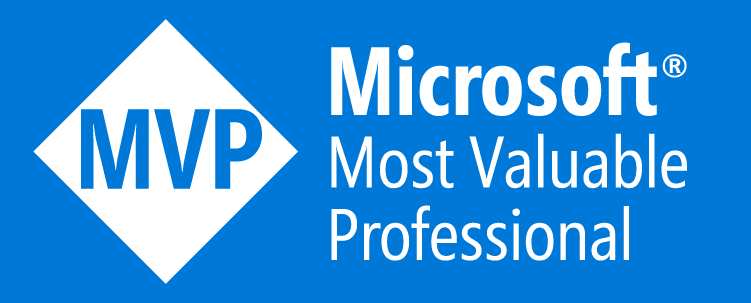经常在应用需要修改光标,显示点击、显示输入,但是有些元素不是系统的,那么如何设置鼠标? 本文主要:UWP 设置光标,UWP 移动鼠标
设置光标
需要写一点代码来让程序比较容易看到,什么光标对于什么。
UWP 设置的光标有些看不懂,直接看不知道他是干什么
在xaml写代码:
<StackPanel>
<TextBlock Margin="10,10,10,10" Text="Hand" PointerEntered="button_OnPointerEntered"></TextBlock>
<TextBlock Margin="10,10,10,10" Text="Arrow" PointerEntered="button_OnPointerEntered"></TextBlock>
<TextBlock Margin="10,10,10,10" Text="Cross" PointerEntered="button_OnPointerEntered"></TextBlock>
<TextBlock Margin="10,10,10,10" Text="Help" PointerEntered="button_OnPointerEntered"></TextBlock>
<TextBlock Margin="10,10,10,10" Text="Beam" PointerEntered="button_OnPointerEntered"></TextBlock>
</StackPanel>
代码写好了,他可以在鼠标移入TextBlock 进入函数,可以在函数修改UWP 鼠标光标
首先使用Windows.UI.Xaml.Window.Current.CoreWindow.PointerCursor 设置或获取光标。
需要设置光标需要用Windows.UI.Core.CoreCursor
他有一些比较多用的类型,下面是他们对于代码
-
Hand 点击
-
Arrow 正常
-
Cross 十字
-
Help 帮助
-
Wait 等待
-
Beam 输入
于是对应界面
private void button_OnPointerEntered(object sender, PointerRoutedEventArgs e)
{
string str = (sender as TextBlock)?.Text as string;
uint n = 1;
switch (str)
{
case "Hand":
Window.Current.CoreWindow.PointerCursor = new Windows.UI.Core.CoreCursor(Windows.UI.Core.CoreCursorType.Hand, n);
break;
case "Arrow": Window.Current.CoreWindow.PointerCursor = new Windows.UI.Core.CoreCursor(Windows.UI.Core.CoreCursorType.Arrow, n); break;
case "Cross": Window.Current.CoreWindow.PointerCursor = new Windows.UI.Core.CoreCursor(Windows.UI.Core.CoreCursorType.Cross, n); break;
case "Help": Window.Current.CoreWindow.PointerCursor = new Windows.UI.Core.CoreCursor(Windows.UI.Core.CoreCursorType.Help, n); break;
case "Beam": Window.Current.CoreWindow.PointerCursor = new Windows.UI.Core.CoreCursor(Windows.UI.Core.CoreCursorType.IBeam, n); break;
}
}
试试把代码放到工程,可以看到UWP 光标改变。
如果不知道 n 是什么,我可以说,自定义光标就是使用n,但是复杂。
很少会有需要自己做光标。如果需要自己做,请看自定义光标
移动鼠标
有时候需要把鼠标移动到一个元素上,UWP 移动鼠标和改变光标一样。
移动鼠标,设置CoreWindow.PointerPosition
在界面放一个按钮,点击他,移动鼠标
var p = new Point(Window.Current.Bounds.X + Window.Current.Bounds.Width / 2, Window.Current.Bounds.Y + Window.Current.Bounds.Height / 2);
Window.Current.CoreWindow.PointerPosition = p;
这样移动很简单,移动是屏幕坐标,不是应用坐标,需要对移动加上窗口移动
https://blogs.msdn.microsoft.com/devfish/2012/08/01/customcursors-in-windows-8-csharp-metro-applications/
本文会经常更新,请阅读原文: https://blog.lindexi.com/post/win10-uwp-%E6%94%B9%E5%8F%98%E9%BC%A0%E6%A0%87.html ,以避免陈旧错误知识的误导,同时有更好的阅读体验。
如果你想持续阅读我的最新博客,请点击 RSS 订阅,推荐使用RSS Stalker订阅博客,或者收藏我的博客导航
 本作品采用
知识共享署名-非商业性使用-相同方式共享 4.0 国际许可协议
进行许可。欢迎转载、使用、重新发布,但务必保留文章署名林德熙(包含链接:
https://blog.lindexi.com
),不得用于商业目的,基于本文修改后的作品务必以相同的许可发布。如有任何疑问,请
与我联系
。
本作品采用
知识共享署名-非商业性使用-相同方式共享 4.0 国际许可协议
进行许可。欢迎转载、使用、重新发布,但务必保留文章署名林德熙(包含链接:
https://blog.lindexi.com
),不得用于商业目的,基于本文修改后的作品务必以相同的许可发布。如有任何疑问,请
与我联系
。
无盈利,不卖课,做纯粹的技术博客
以下是广告时间
推荐关注 Edi.Wang 的公众号

欢迎进入 Eleven 老师组建的 .NET 社区

以上广告全是友情推广,无盈利

